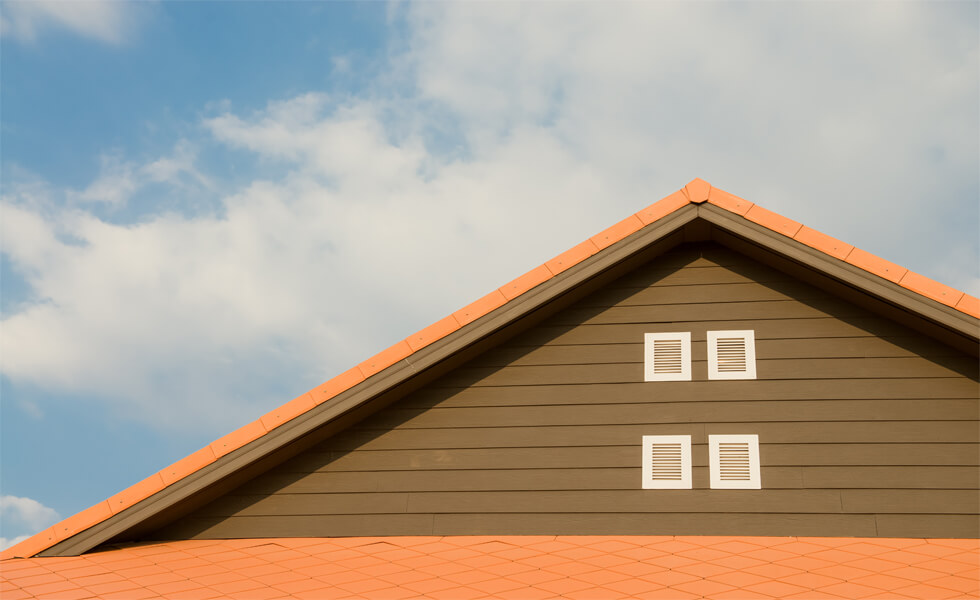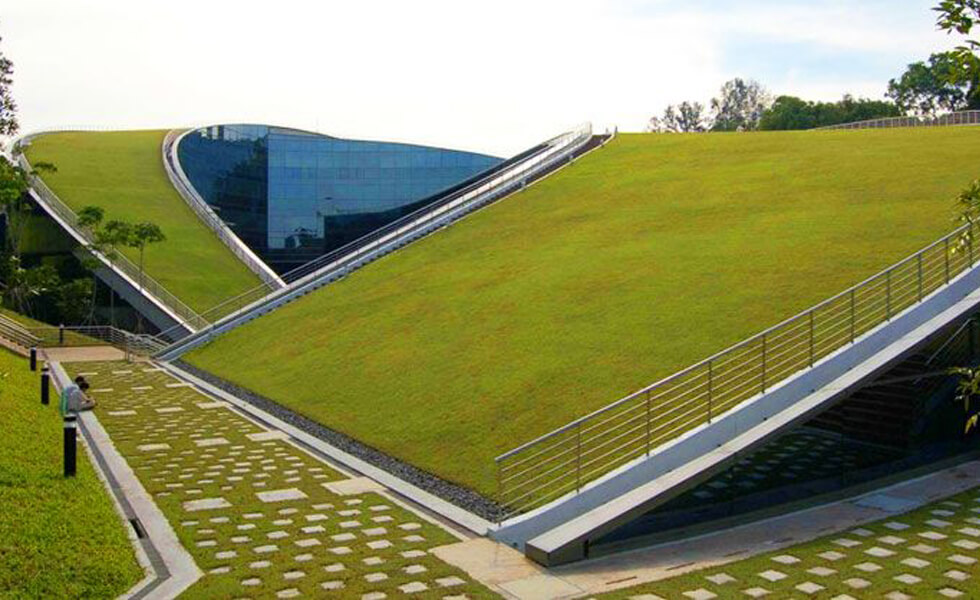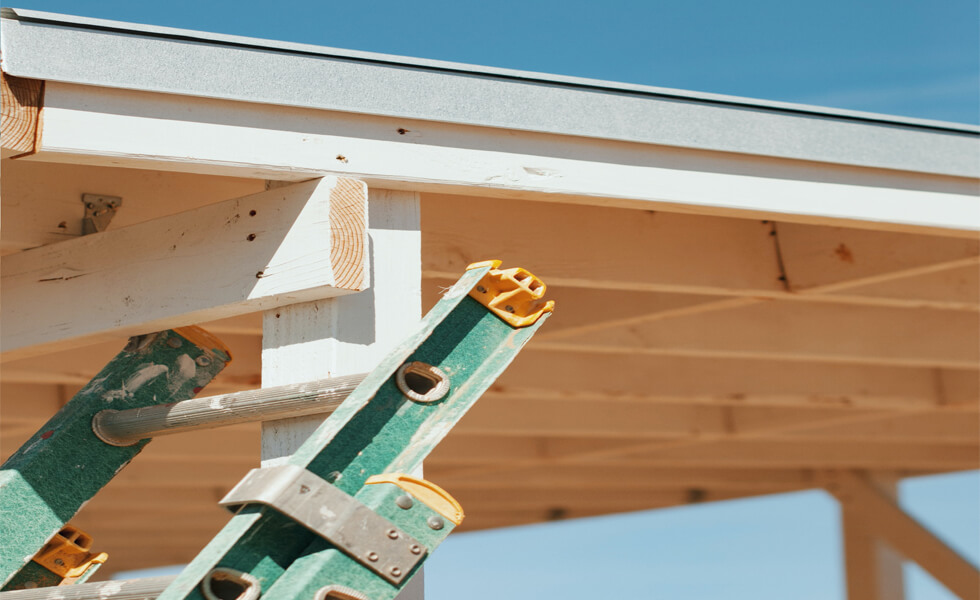
Asphalt
Asphalt roofing is the most common in many residences. The reason behind its popularity is mostly due to its lower upfront costs. However, the asphalt roofing material may require more frequent repairs than its counterparts. It is also not long-lasting because you will find that the warranty you can get for an asphalt roof is 25 years’ maximum.
Pros
- • Lower upfront costs
- • A good insulator during the winter
- • Easy to repair
Cons
- • Requires regular maintenance
- • The house becomes very hot during summers because of its insulation property.
Metal
Metal roofing is becoming increasingly common in residential property. The metal roof can last for 50-100 years, and it can withstand adverse weather conditions. However, it tends to be quite expensive, and if you opt for cheap metal, you will not enjoy the durability. Metals can imitate other materials such as shingles, slate, or even tile, making them an excellent option.
Pros
- • It does not require regular maintenance.
- • Durable and can withstand adverse weather conditions.
- • Metal roofs are eco-friendly (primarily made from recycled materials).
- • Cooler during summertime.
Cons
- • High upfront costs
- • Cheaper metal roofs may be noisy and ugly.
Solar tiles/shingles
If you are looking to convert the sun’s energy to power your home, you should consider a solar roof instead of the traditional solar panels. It is a relatively new type of roof that offers you the benefit of saving energy while avoiding the giant solar panels that interfere with a home’s beauty.
Pros
- • Installation costs are lower than those of a solar panel.
- • Have a longer lifespan than solar panels
- • They are pretty
Cons
- • Not a good option if your roof’s slope is not facing the sun
- • Limited expertise (Not many people can install the roof)
- • Less efficient
Slate
Slate is a metamorphosis stone that is quite durable. A hard slate roof can last for more than a hundred years. The slate roof is usually dense and only absorbs little water, making the slate roof the best option for hail conditions.
Pros
- • They are aesthetically pleasing as they come in different colors.
- • Durable
- • Low maintenance
Cons
- • The installation and material cost is relatively high.
- • They are heavy (the roof may fail to handle the slate material).

Green Roof
The most eccentric option you can opt for is covering your roof with plants and vegetation. The roof will undoubtedly feature a unique look, but you will need to add extra structural support to anchor your ‘roof garden.’
Pros
- • Improves air quality by putting oxygen back in the air.
- • Provides good insulation during the winter
- • It has quite a significant lifespan of about 40 years.
Cons
- • Needs extra maintenance (watering, feeding, and weeding)
- • Expensive due to the need for additional structural support.
Clay Tile
roofing is another durable option you should consider. It is also pretty as it features natural colors that do not fade. The clay tiles can last over 100 years and can withstand extreme weather.
Pros
- • Durable
- • Requires less maintenance
Cons
- • High upfront costs
- • It offers a limited variance of colors
Concrete Tiles
Concrete tiles are an option for the clay tiles—the roofing results from a mixture of sand, water, cement, and gravel. Unlike the clay tiles, you can get different colors for concrete tiles depending on what you like.
Pros
- • Fewer upfront costs
- • Variety of colors
Cons
- • Absorbs water
- • Less durable than the clay tiles
Built-up roofing (BUR)
Built-up roofing is a select type of roof with alternating layers of fabric and bitumen and a top layer of stone/gravel. BUR is only appropriate for flat roofs and can last for about 15-30 years.
Pros
- • Features excellent waterproofing and ultraviolet protection
- • Requires low maintenance
Cons
- • It is slow to install
- • High installation costs
- • It is vulnerable to wind and water damage.

Key Takeaway
The type of material you choose depends on what you value. Weather is a factor you need to consider when choosing the roof material. Metal, slate, and clay are suitable for areas with adverse weather conditions such as hail and storms. Please make sure you are careful when choosing a roofing material, and before installing a specific material, make sure you research it extensively.
